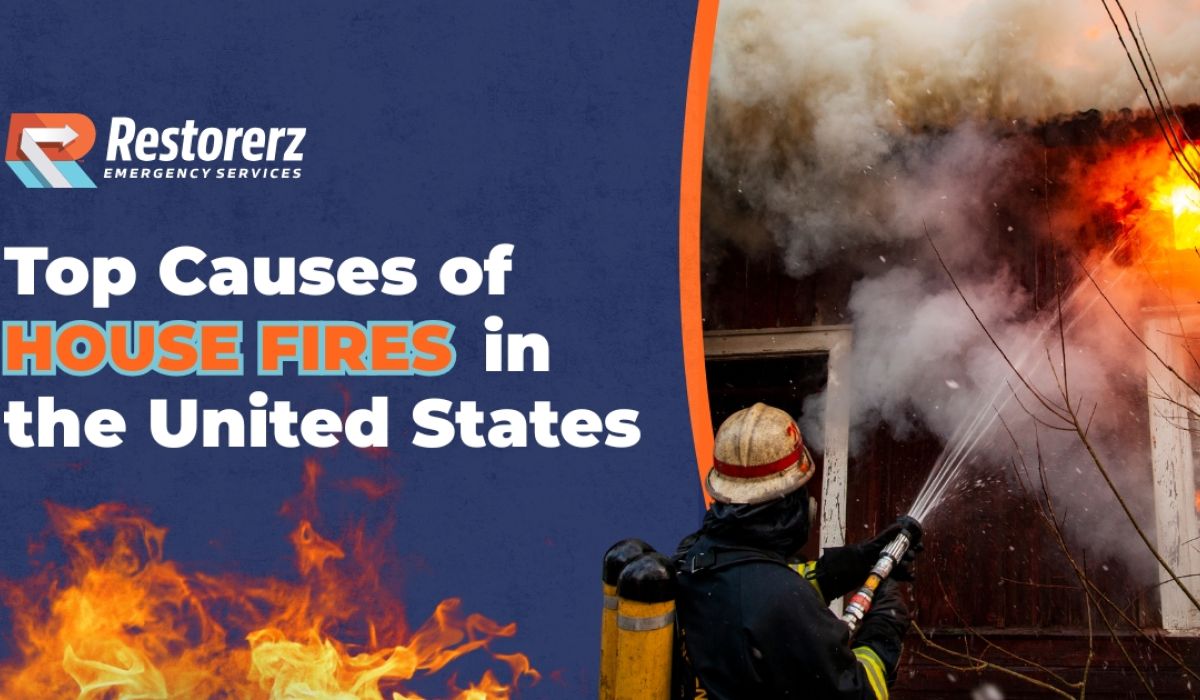WHERE IS MY MAIN SHUT OFF VALVE LOCATED?

CEO, Restorerz Emergency Services

Do you know what to do when a pipe bursts? What if you notice signs of water damage or a ceiling or plumbing leak? The first step is to turn the water off to prevent excess water from leaking into your house and damaging your walls, floors, furniture, and property.
Finding your main water shut-off valve is the top priority in these situations, because it’s the valve that controls the water supply to your entire house. If you can close that valve, you can turn off the water until help arrives.
If your home has had any type of flooding or leaks, it’s important to schedule emergency flood cleanup. Water damage is an insidious type of home damage, as it may look clean and dry after a few days, but hidden away underneath the floorboards, inside walls, or in your carpet, there may be:
- Mold and mildew growth
- Structural damage
- Bacterial spread
- Pest infestations
- Electrical hazards
- And more.
At Restorerz Emergency Services, our remediation team has the training and expertise to identify signs of water damage as well as potential future issues. We do everything from sanitization after untreated water damage to removing rotting walls and eliminating mold contamination, and further emergency home services, restoring your home to its original condition. Your home is in good hands with Restorerz.
TL;DR Summary Finding Your Main Shut Off Valve:
The main shut-off valve is crucial for controlling water in your home during plumbing emergencies. It’s usually located:
- Basement/Crawl Space: Near where the water supply enters your home.
- Utility Closet: Close to an exterior wall for slab foundations.
Tips:
- Maintain the valve by turning it on/off annually to prevent debris buildup.
- Use individual shut-off valves for localized leaks (e.g., sinks, toilets). Use the main valve for major leaks or fixtures without auxiliary valves.
Solution: Restorerz offers emergency plumbing services, water damage repair, and home restoration across Los Angeles. Call for professional assistance and safeguard your home.
One of the most important parts of your home’s plumbing system is the main water shut-off valve. Given this valve’s role in controlling water to your home, we think it’s important to understand what it can and can’t do to help you during a plumbing emergency. It’s also good to know where your shut-off valve is located so that you can access it quickly if there’s a problem.
Why Knowing Your Main Water Shut-Off Valve Location Matters
Everyone in your household should learn the water shut-off valve location in case of an emergency. If you can find the valve and shut the water off quickly when a pipe bursts, the damage to your home will be minimized, potentially saving you thousands of dollars in repairs, furniture replacement, cleaning, and remediation costs.
You will also need to know how to turn the water off if you schedule plumbing repairs or other planned shut-off times.
Common Places to Find Your Main Water Shut-Off Valve
If you’re not sure where to find your water main shut-off valve, the first place to look is near the water meter service line, inside your house. This is usually in your basement, a mechanical room, a utility closet, or in a crawlspace, generally on the front-facing foundation wall. Homes with slab foundations may have the shut-off valve in the laundry room or near the water heater, but in some cases, it could also be inside an attached garage.
How To Locate Your Outdoor Water Main Shut Off Valve
Not every house has an indoor shutoff valve. Sometimes they’re located outside on the exterior wall of the house, near an outdoor faucet, or even underground, in a plastic or concrete utility box near the street.
Emergency Water Shut Off Steps
Follow these steps if you notice signs of a plumbing emergency, like water stains, musty smells, mold, water sounds, visible leaks, or pooling water.
- Step 1: Locate your shut-off valve, or call for help if you can’t find it.
- Step 2: Turn the valve clockwise slowly until it stops to shut the water off.
- Step 3: Confirm that the water has been turned off by opening a faucet.
- Step 4: Open the faucets to drain the pipes.
- Step 5: Turn your water heater off to avoid overheating and excess pressure buildup.
- Step 6: Call a plumber to find the cause of the problem and fix it.
- Step 7: Assess for water damage, and call Restorerz if restoration is necessary.
Once the water’s off, a plumber can help you fix the leak. Then, depending on the severity of the damage, you may want to consider professional remediation.
Tips for Finding Your Main Water Shut-Off Valve if You’re Unsure
If you’re not sure how to find your shut-off valve, start your search at the biggest pipe leading from the street or the foundation. This is the water’s entry point into your home, so the valve will be close by. Look for a gate valve that looks like a small wheel, or a ball valve that looks like a lever.
Not sure if you’ve found the right valve? Try turning the valve all the way to turn the water off, and then test whether there’s still water flowing in your pipes by turning on a bathroom or kitchen faucet. If the water still flows normally after a few seconds, the valve isn’t closed.
If your valve is stuck or corroded, or if you can’t find it on your own, call a plumber or your utility company, and they’ll help you locate it.
What To Do After an Emergency Shut-Off
You can turn your water back on yourself after an emergency water shut-off. Open at least one faucet, then turn the valve slowly back on. The open faucet will let excess air out of the pipe.
Once the pressure inside the pipes has equalized, you can fully open the valve. Do a quick tour of your house and open all your water lines slowly, one at a time, to bleed any excess air in the plumbing. Only turn your water heater back on after the water pressure is back to normal, and all the air has been let out.
Call Restorerz Today for Water Damage Remediation in Los Angeles, CA
At Restorerz, we provide thorough water damage remediation services, restoring your home to its optimum condition. If your property has been flooded with excess water from any source, call us today. Our skilled remediation specialists will assess the scope of the damage and create a comprehensive plan that complies with local health codes and environmental standards.
Contact us for flood and water damage restoration in Los Angeles and the surrounding areas. We work with all insurance companies, and we’ve been certified by the Institute of Inspection, Cleaning, and Restoration (IICRC).

![What is Green Mold [Comprehensive Guide]](/wp-content/themes/yootheme/cache/ef/Restorerz-What-is-Green-Mold-1200x630-10.22.2025-v1-efa9ac85.jpeg)
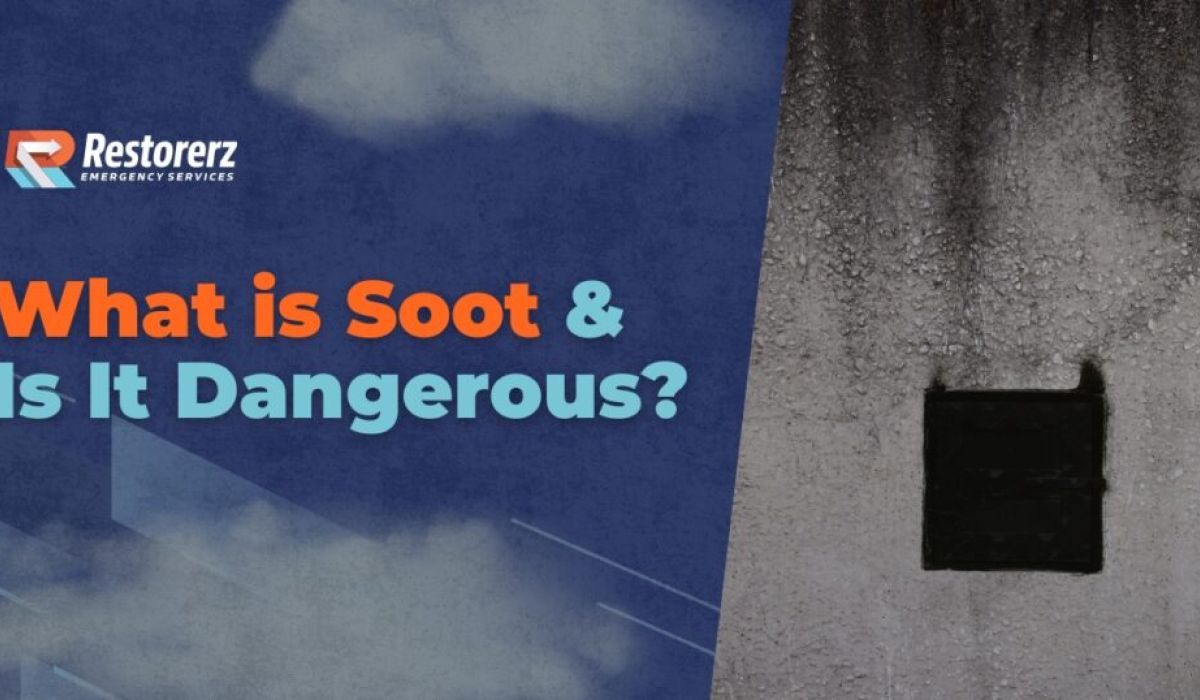
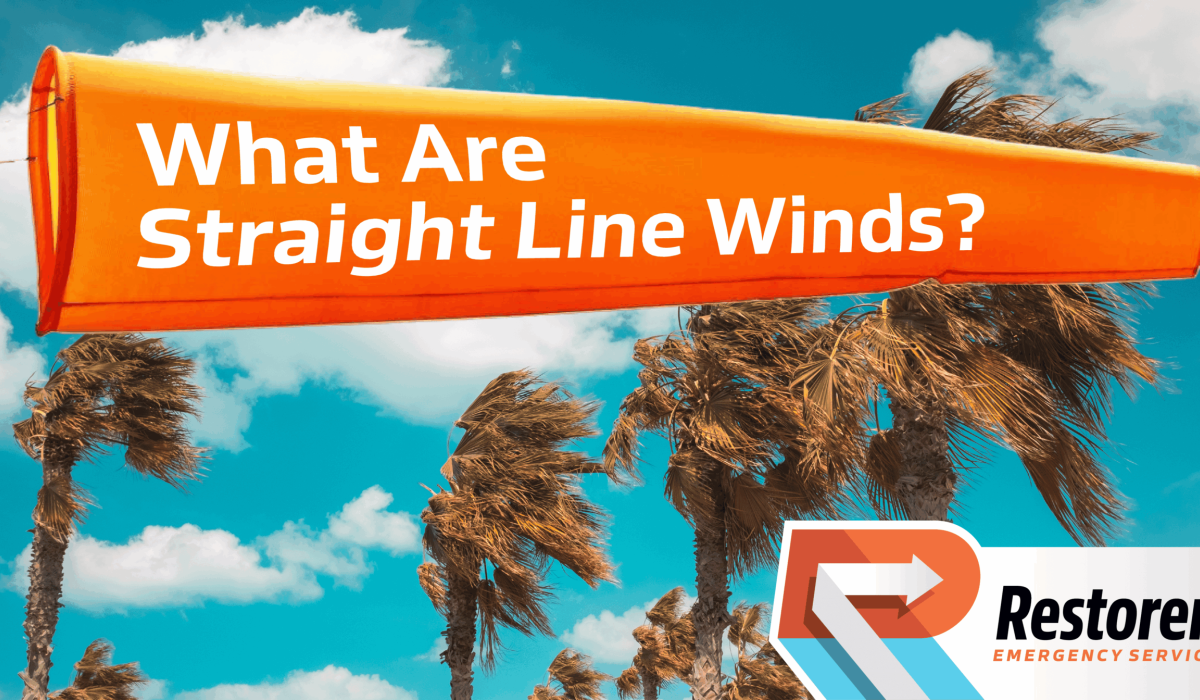
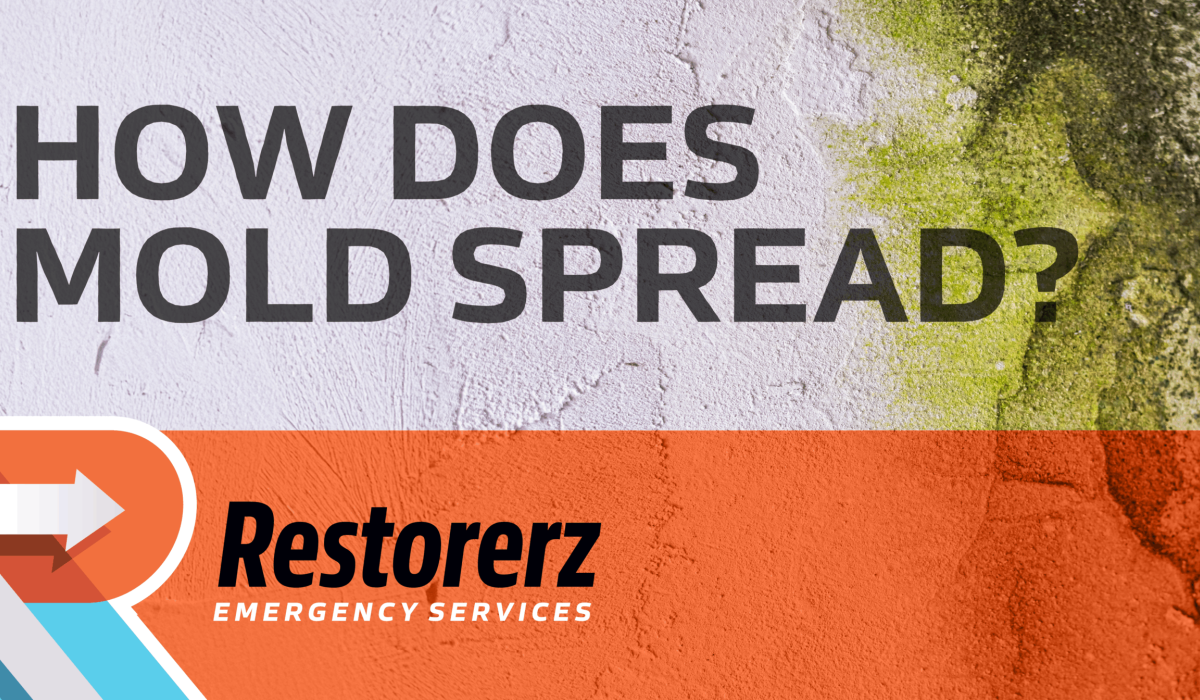
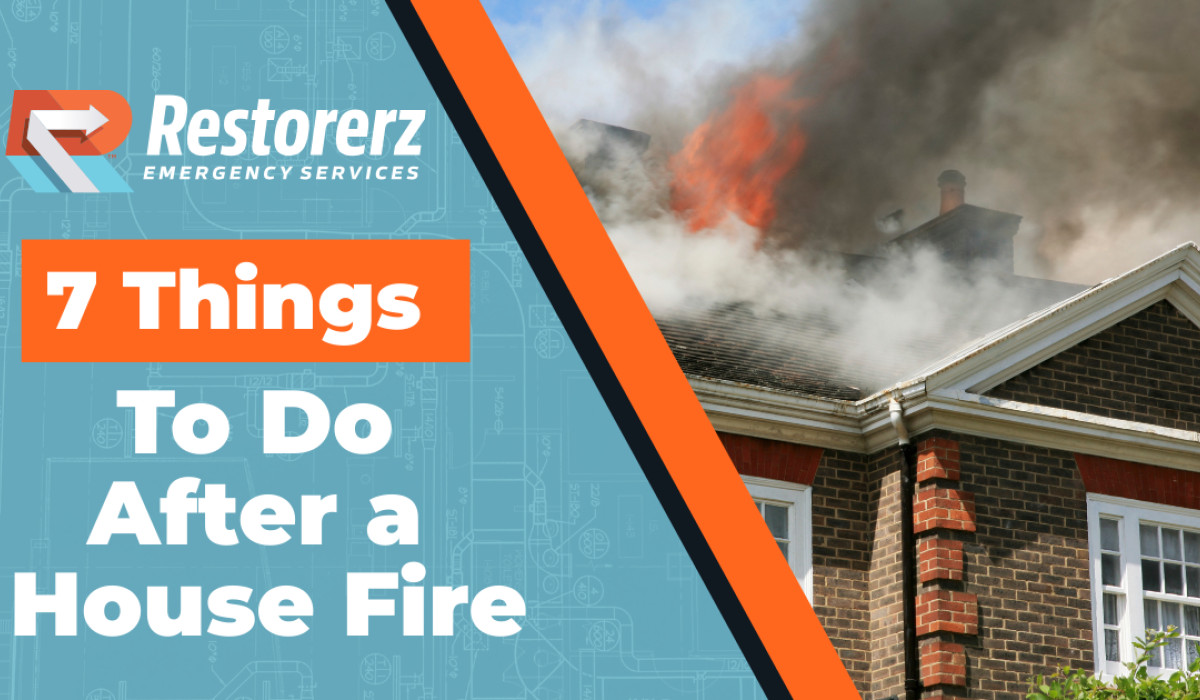

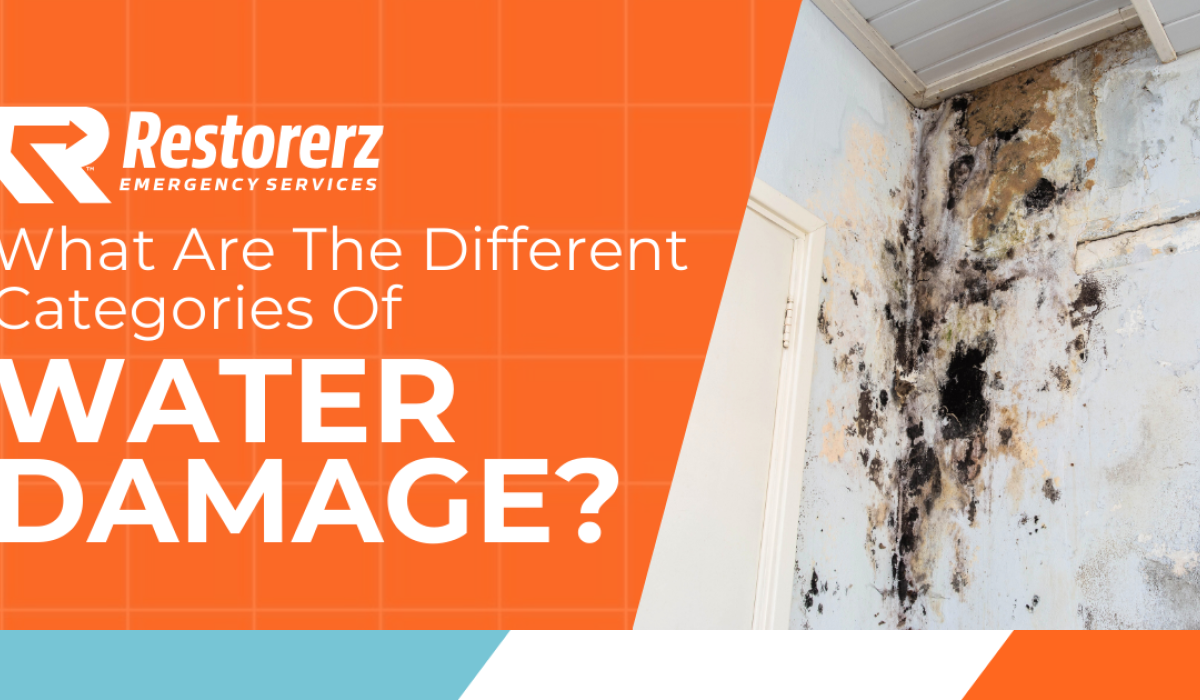

![All About Pink Mold [Prevention & Remediation Strategies]](/wp-content/themes/yootheme/cache/3a/Restorerz-Blog-All-About-Pink-Mold-Prevention-Remediation-Strategies-1-3a7c91cf.png)
